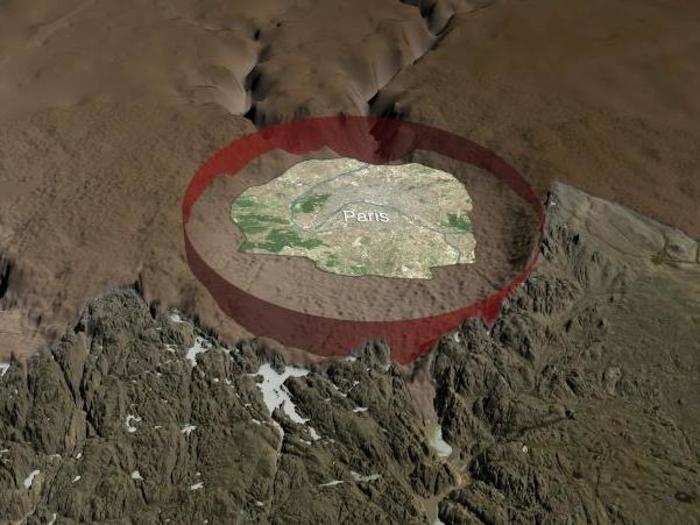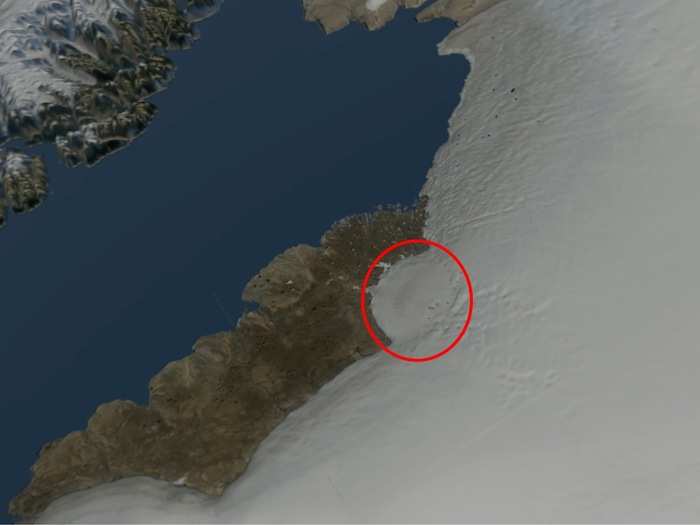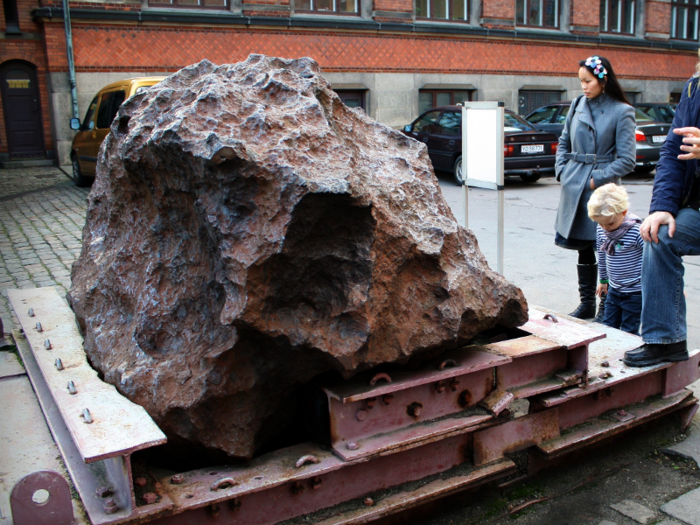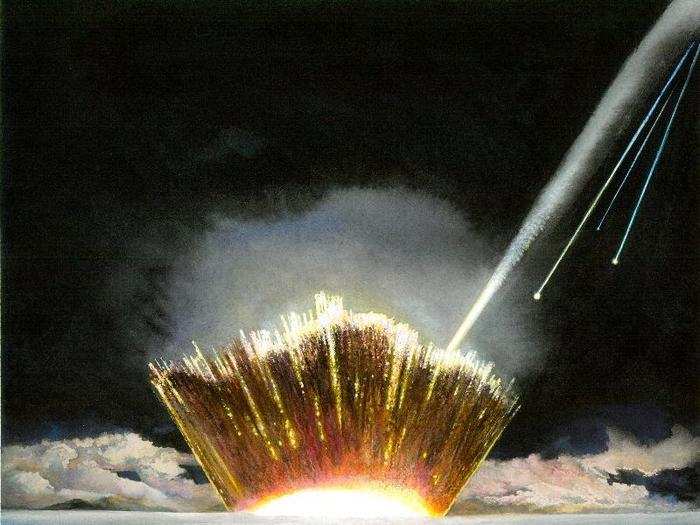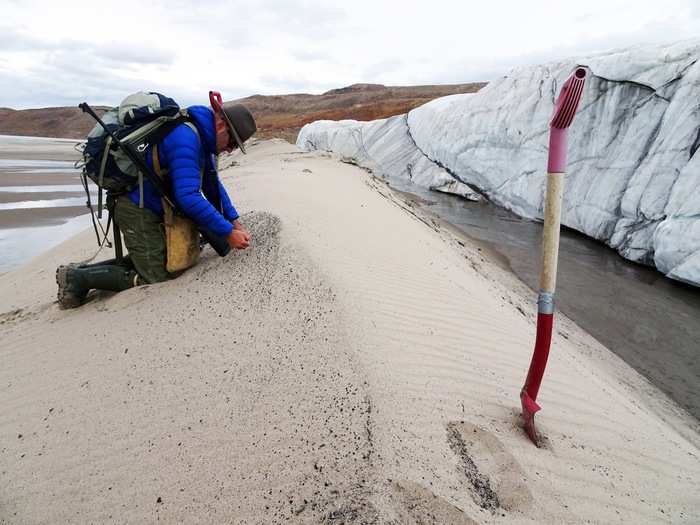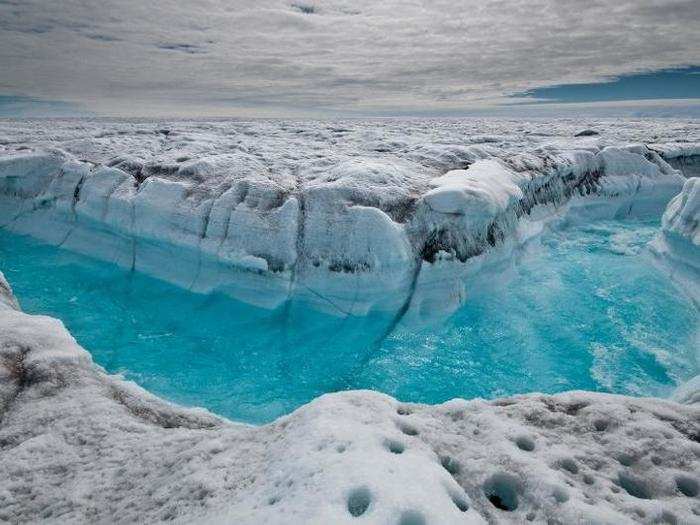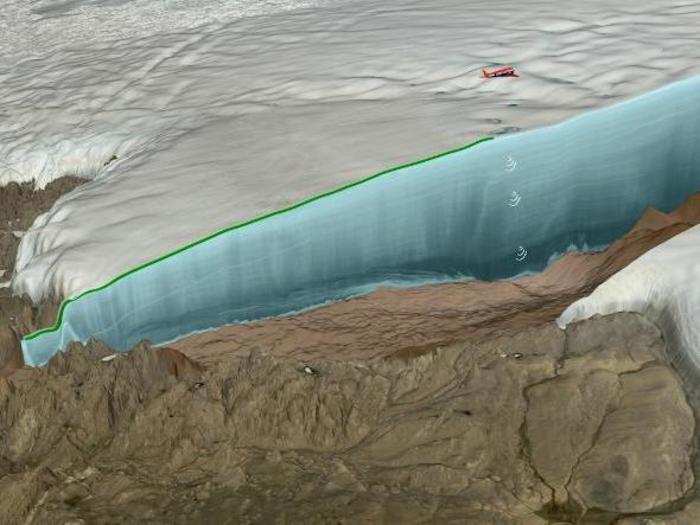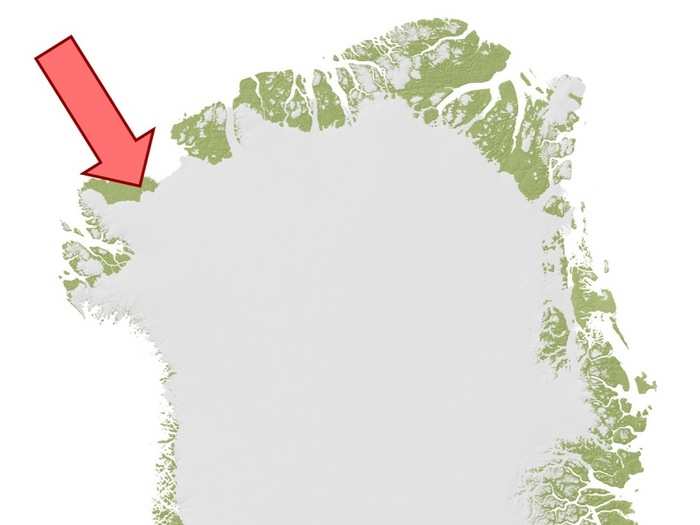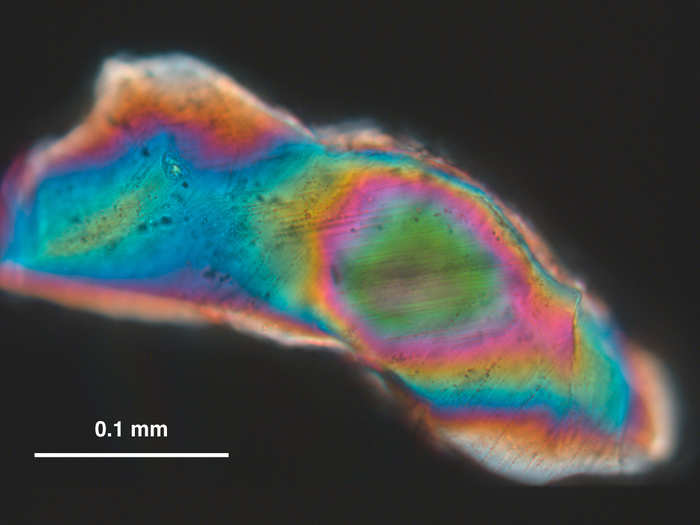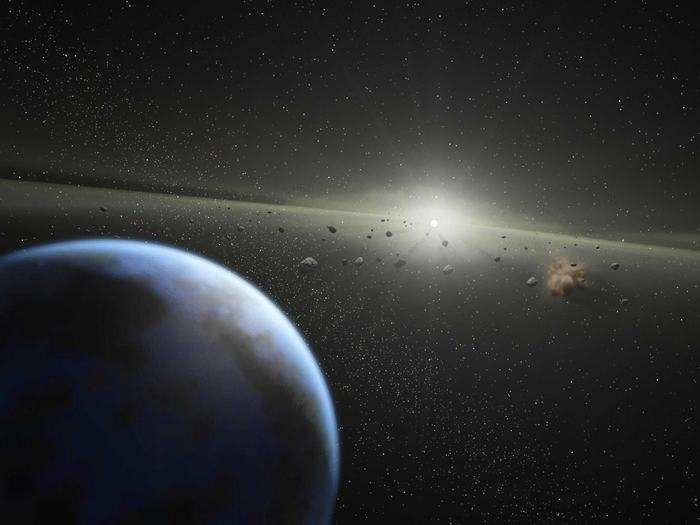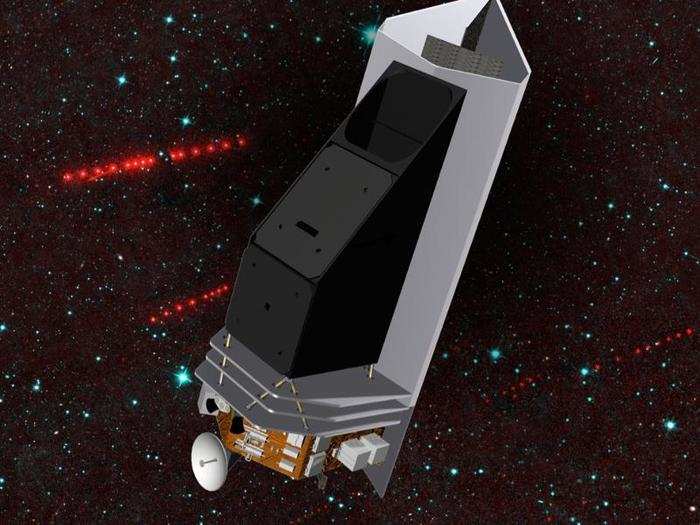Kjær and his colleagues said they knew the depression "was something special." Scientists have long been aware that iron meteorites hit Greenland in the past, because a 22-ton fragment of an iron meteorite was previously found near Hiawatha Glacier. That now sits in the Geologisk Museum in Copenhagen.
"It was therefore not such a leap to infer that the depression could be a previously undescribed meteorite crater, but initially we lacked the evidence," Nicolaj Larsen, a geoscientist at Aarhus University and a member of the research team, said in a release.
But ice-penetrating radar surveys by airplane, as well as satellite measurements, have allowed researchers to map Greenland's hidden bedrock.

